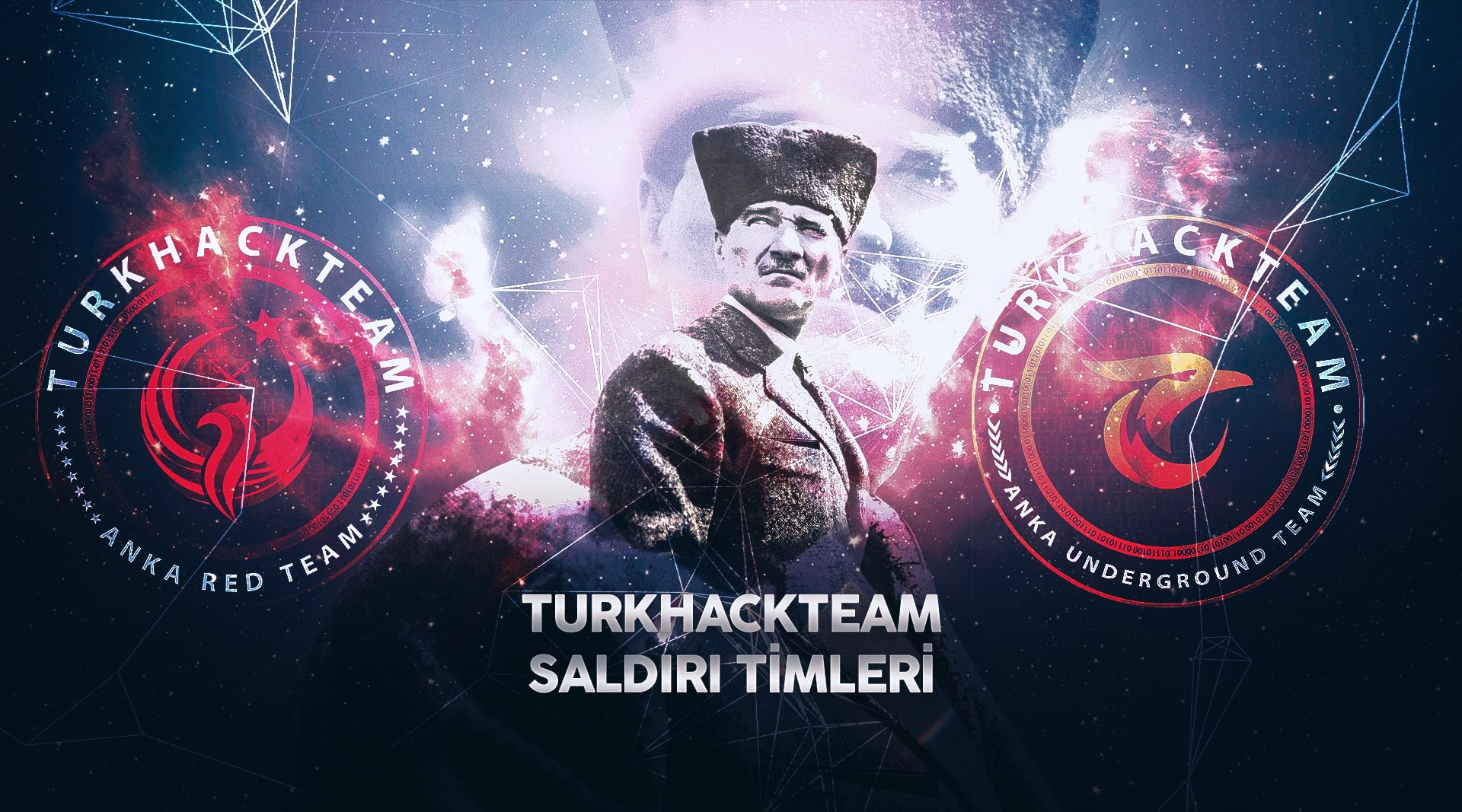
There is something that we all have that I personally feel is one of our most valued and cherished treasures. It’s peace of mind, and when I use that phrase, I also include peace of heart. I often refer to both as my spiritual serenity. I so value it that I’ve given it a revered position as the last thing I say in my life purpose statement:
My life on purpose is to live an inspired and inspiring life of purposeful, passionate and playful service, a life of mindful abundance balanced with simplicity, and SPIRITUAL SERENITY. There it is — ahhhhh. I often take a deep breath after saying that as a way to deepen my connection and awareness to this state of spiritual serenity, this peace of mind, this connection to the cosmic consciousness and creator of this incredible cosmos within which we live.
Is there anything more important than our peace of mind? Yet, how often do we trade something less for this most valued treasure? I walk into my daughter’s room in the morning to find her dog has chewed up another one of her shoes, and at that moment, I have a choice IF I choose to take it. Often I don’t take that moment of choice, but instead, operate in reaction mode. That d— dog! Why can’t Amber put away her shoes? Boy, did I do this when I put the dog in her room last night? On and on. Yet, the good news is that the moment of choice is still there. At any given moment, I can notice that I’ve sold out on my peace of mind, and in the next moment, I can trade back.
A deep breath and slowly let it out. I acknowledge the trade I have made, and I forgive myself. I take another deep breath, as I realize in the Big Picture of this incredible cosmos, a chewed shoe is just a chewed shoe, and hardly worth another moment of my peace of mind. I take one more deep breath for good measure, and I go about cleaning up the debris … And begin working on how I can break the news to Amber in a way to minimize the amount of peace of mind she may lose.
Peace of mind. Don’t leave home without it and don’t trade it for anything less than more of the same.
What Will Your Legacy Be?
Living a life on purpose may also include considering what you are prepared to leave behind. What do you want to be known for when you’re ‘gone?’ When you’re no longer in the business you’re in when you’re no longer in the ‘limelight’, what will people remember you for?
Consider this example, which comes from CBS’s Sunday Morning about J. M. Barrie, the author of ‘Peter Pan.’
When Jim Barrie wrote the Peter Pan, it became an instant sensation in print, on stage, and on the silent screen, and royalties came pouring into the author, who, although he loved children, had none of his own. So when he died, James Barrie left it all to one of the earliest pediatric hospitals in London, Great Ormond Street.
Over the decades, the royalties have continued to flow from remake after remake of the beloved tale. The money has helped keep Great Ormond Street on the cutting edge of pediatric care.
‘James Barrie gave his copyright to the hospital and it was the most generous gift anyone could have done,’ hospital spokesperson, Laura Redmond told Sunday Morning contributor Elizabeth Palmer as she pointed out the plaque in Barrie’s memory in the hospital chapel.’
Pretty amazing story, right? But it gets even better as the legacy continues. You see next year, the copyright on ‘Peter Pan’ runs out and so the royalties will dwindle. What to do? Well, the hospital organized a contest to find an author who could write the sequel to ‘Peter Pan’ and they found her in the form of Geraldine McCaughrean.
‘Of course when I got the job – oh, oh I’ve got to find time to write this book,’ she said. ‘I’ve got to really, really write the sequel to ‘Peter Pan,’ but luckily it just seized me by the heart and um, just swallowed me in.’
And so, J. M. Barrie’s legacy continues as Geraldine McCaughrean’s begins. What will be your legacy? How will your life purpose live beyond you?
Questions worth pondering, perhaps even as you bring further clarity of purpose to your life.






